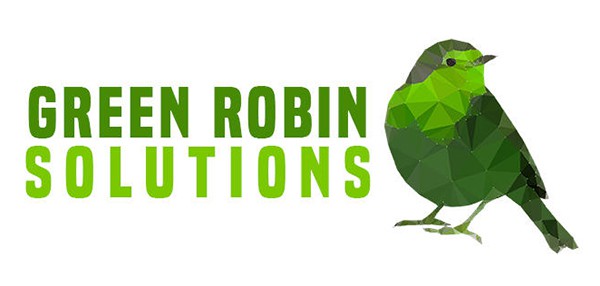Change Management is a discipline which enables companies to make changes to how they operate in a consistent way.
At Green Robin Solutions, we use a number of change management methodologies – both well established and also innovative – to effectively deliver change, improving efficiency and engagement from both team and customers.
Business owners may be familiar with LEAN and PRINCE2 methodologies, but new and exciting approaches to change management – behavioural science (or “Nudge Theory”) and artificial intelligence and robotics are now emerging.
Nudge Theory enables businesses to move to consistent processes with the needs of the customer firmly in the centre of the business. As many readers will know, when buying a new mobile phone the manufacturer or network operator will have pre-installed settings and software. This is known as “choice architecture”, and is an example of Nudge Theory that is used to provide a default framework through which the behaviour of customers is influenced.
The same approach can be used by businesses of any size and in any industry to influence the behaviours of team members to ensure internal efficiency and consistency of delivery to customers, as well as improving cost management.
Similarly, artificial intelligence and robotics are improving how companies process client requests. These automation solutions are moving repetitive tasks from humans to algorithms, increasing capacity within the business which, if utilised correctly, will allow businesses to focus their resources on more value-generating activities.
Why do businesses need Change Management?
It has been said that the only constant in life is change.
Businesses are constantly having to change, evolve and react to meet changing requirements of their customers, as well as a changing legal and regulatory landscape. Often, businesses which fail to adapt to change will go out of business as they are overtaken by rivals who are better placed to innovate and meet changing demands.
Traditionally within smaller businesses, change initiatives have been carried out on an adhoc basis with individuals tasked with delivering change on top of their day job. Very often this is without proper training or understanding of the tools to be used and, without this knowledge
or standardised approach projects can be delivered without the necessary quality or consistency to meet the needs of the customer or the
requirements of external bodies.
This can result in the need to make ongoing changes to fully meet requirements, or the need to rework large parts of the project. Also, projects delivered in isolation can have unexpected impacts on interdependent processes and do not give business owners the necessary transparency on cost and quality in order to effectively plan for the future. As many business owners will recall, when GDPR went live, a whole host of requirements existed, which were not always straightforward to understand and required new processes and procedures to be established.
What can businesses do straight away?
The best resource available to a business to help shape its future is its team. Remember, they are the ones who are at the coalface and have a direct link with customers. They are a fantastic source of information on your customers’ engagement and what customers feel about your products or services. They are also customers of other organisations and therefore are a great source of ideas on how your business can make
improvements.
There are very simple changes a business can implement to drive positive change. Having a mechanism to elicit and record ideas for innovation from the team (such as an ideas board), and actively using it, will help businesses to think outside the box to solve problems and even anticipate them before they arise, to perform basic competitor and other industry analysis and drive all important team engagement.
Many smaller businesses do not formalise internal collaboration and innovation, which can lead to missed opportunities as day-to-day activities and servicing current customer needs will take priority and may restrict innovation and growth.
I have always found it to be good practice to schedule monthly innovation catch-ups where ideas are shared and discussed and opportunities for collaboration are shared, explored and implemented in structured environment.

